目次~Table of Contents
Location and History
Feature of Tosa Province
Okoh Castle was located what is now Nankoku City, Kochi Prefecture. The prefecture is one of the four prefectures in Shikoku Island, but separated by Shikoku Mountains from the other three northern prefectures. When the prefecture was called Tosa Province in the past, it was not easy to visit there. That’s why the province was sometimes used for one of the places for exile or escape. However, it has been easy to live for local people with a warm climate and abundant food.
The location of the castle The relief map of Shikoku Island and the range of Tosa ProvinceChosogabe Clan settled in Tosa and built Castle
Okoh Castle had been owned by the Chosogabe Clan during all its life. The clan has a very long history and it was said that their founder was a branch of the Hata Clan that came from Korea to Japan in the Ancient Times with advanced technologies such as civil engineering and silk industry. The Hata Clan spread them and moved from central Japan (now Kinki Region) to many local areas of Japan including what is now Nagano Prefecture where the founder of the Chosogabe Clan lived. The founder called Yoshitoshi Hata fought at Kyoto in the 12th Century, but was defeated, so he escaped from his enemies to Tosa Province. He finally settled near the provincial capital in the fertile Kacho Plain and changed his family name to Chosogabe by combining local land names. Okoh Castle was thought to be built on a mountain beside the plain at the same time.
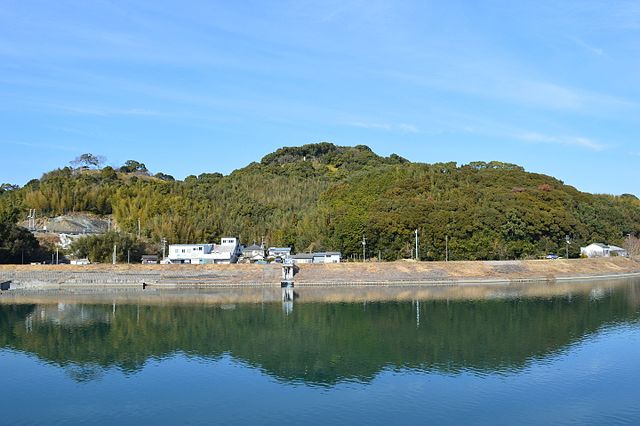
One of Chosogabe’s strengths was to have connections to central Japan such as serving the Hosokawa Clan, a senior vassal of the Ashikaga Shogunate and inviting the Ichijo Clan, a high class noble to Tosa Province as the provincial governor. As a result, the Chosogabe Clan became one of the seven ruling clans in Tosa in the first 16th Century. However, the others of the seven ruling clans including the Motoyama Clan were against the Chosogabe Clan, then they attacked and burned Okoh Castle in 1508. The trace of the fire was found in the ruins of the castle. The Chosogabe Clan was once defeated.
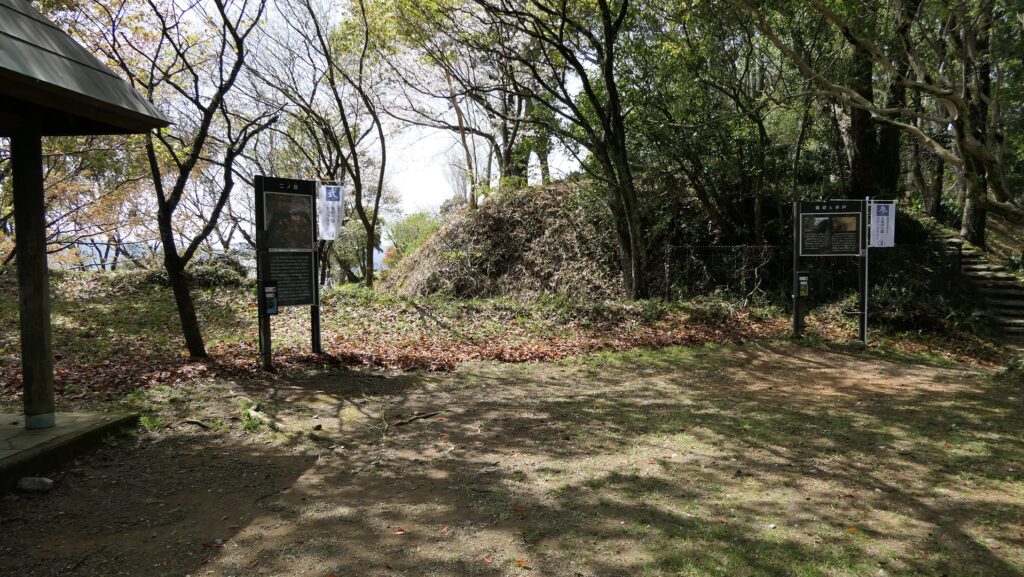
Motochika Chosogabe ruled Shikoku based in this Castle
The next lord of the clan, Kunichika Chosogabe came back to Okoh Castle in 1518 with the support from the Ichijo Clan. He got his power by organizing a soldier group called Ichiryo-Gusoku who were usually farmers, but also soldiers with a Set of Armour in emergency. After that, he took revenge on his enemies by taking them as relatives or battles with the Ichiryo-Gusoku group. Kunichika’s son, Motochika Chosogabe was succeeded in governing the whole Tosa Province in 1575. Okoh Castle had been the home base of the clan. It was a typical mountain castle with many tiers covering the mountain. However, it had some unique features coming from the Chosogabe Clan. It was thought that some turrets were built on stone foundations, using roof tiles made by craftsmen from Izumi Province (now part of Osaka Prefecture). Stones were piled inside the earthen walls of the Third Tier. Such structures were still rare at that time in the whole cuntory and were done by Motochika’s connection to central Japan.
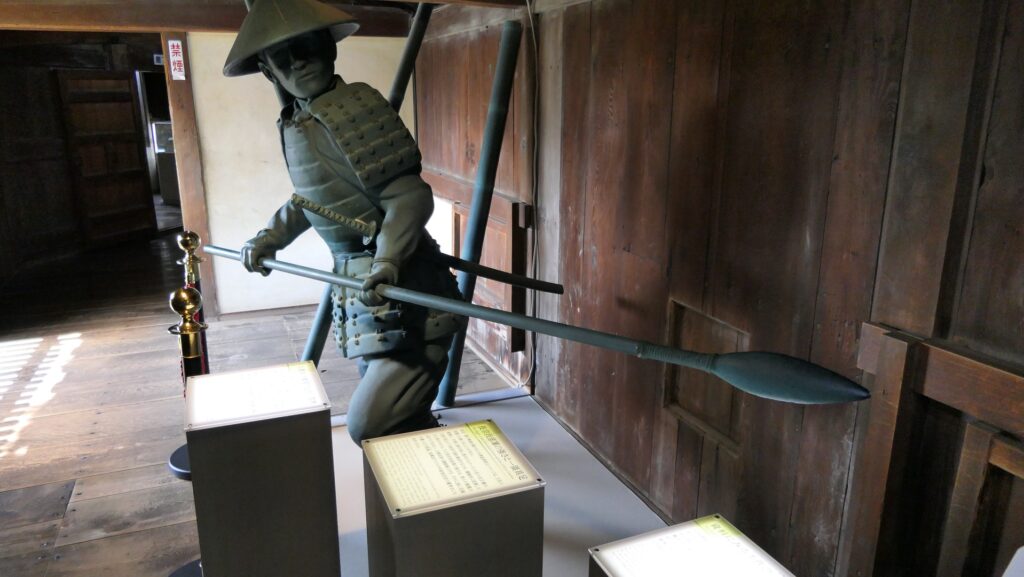
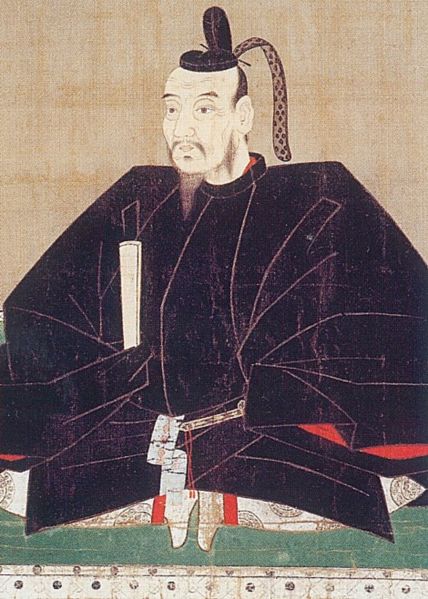
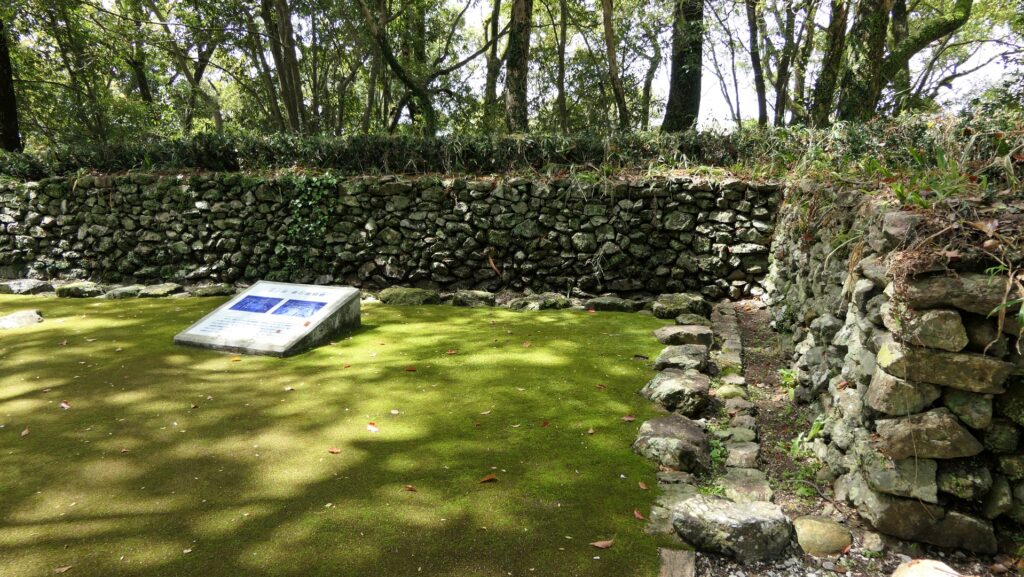
Abandoned after Unification of Japan by Hideyoshi Toyotomi
Motochika finally achieved the unification of Shikoku Island in 1585. However, the ruler, Hideyoshi Toyotomi was processing his unification of Japan at the same time. Hedeyoshi sent over 100,000 of modernized troops to Shikoku Island in the same year while Motochika had about 40,000 soldiers including farmers. Motochika had no other option but to surrender and was allowed to govern just Tosa Provence by Hideyoshi. He also moved his home base from Okoh Castle to Otaka-sakayama Castle (now Kochi Castle) in 1588 and finally Urado Castle beside Urado Bay in 1591. it was said that this transfer was instructed by Hideyoshi to prepare his Invasion of Korea in 1592. Okoh Castle was abandoned then.

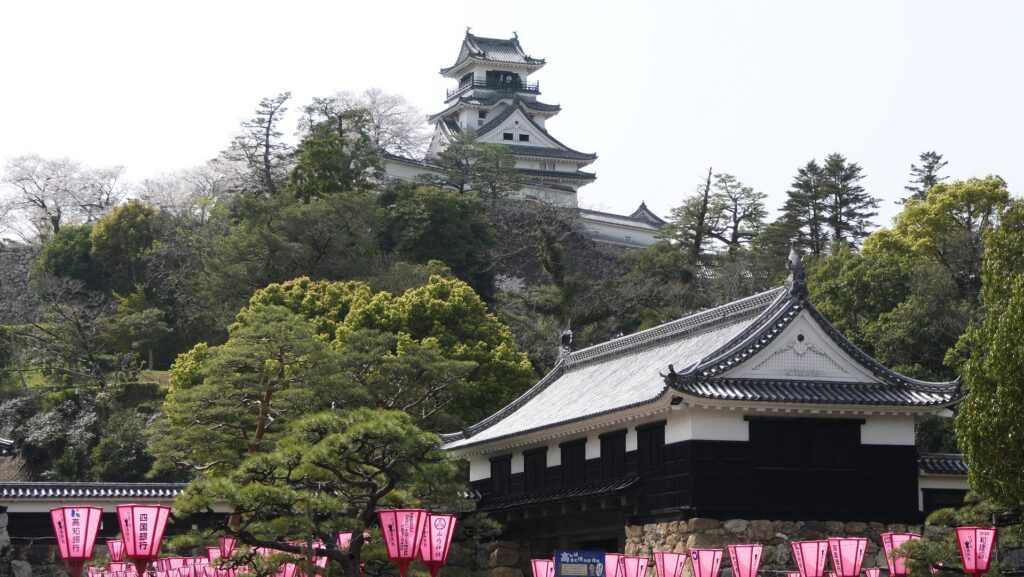
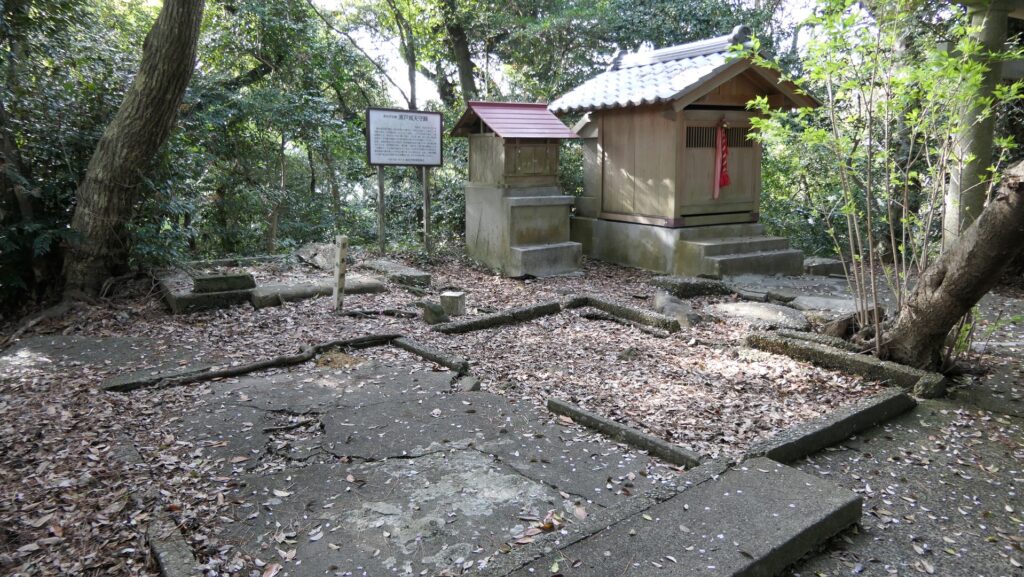

「180.Okoh Castle Part1」への3件のフィードバック